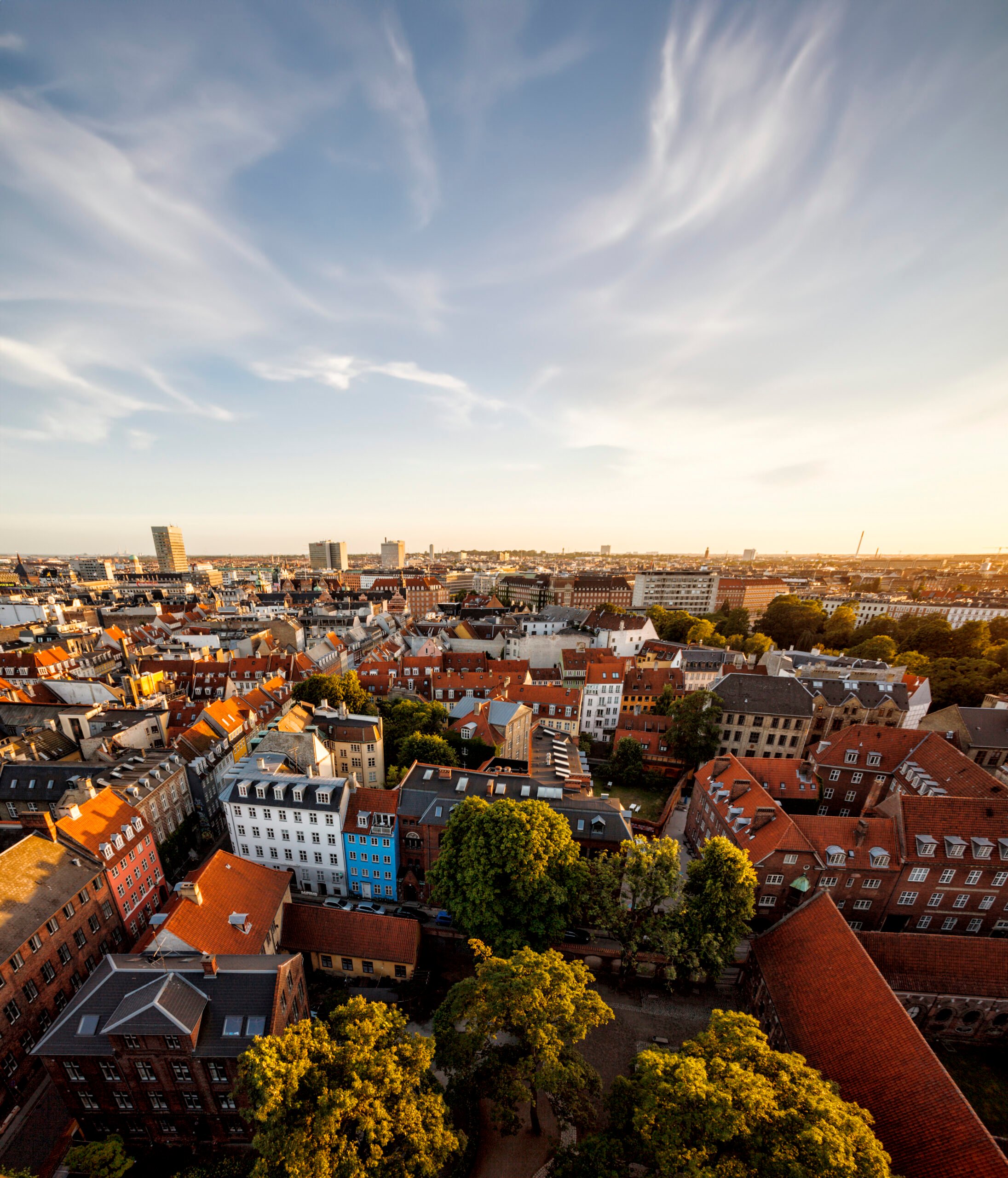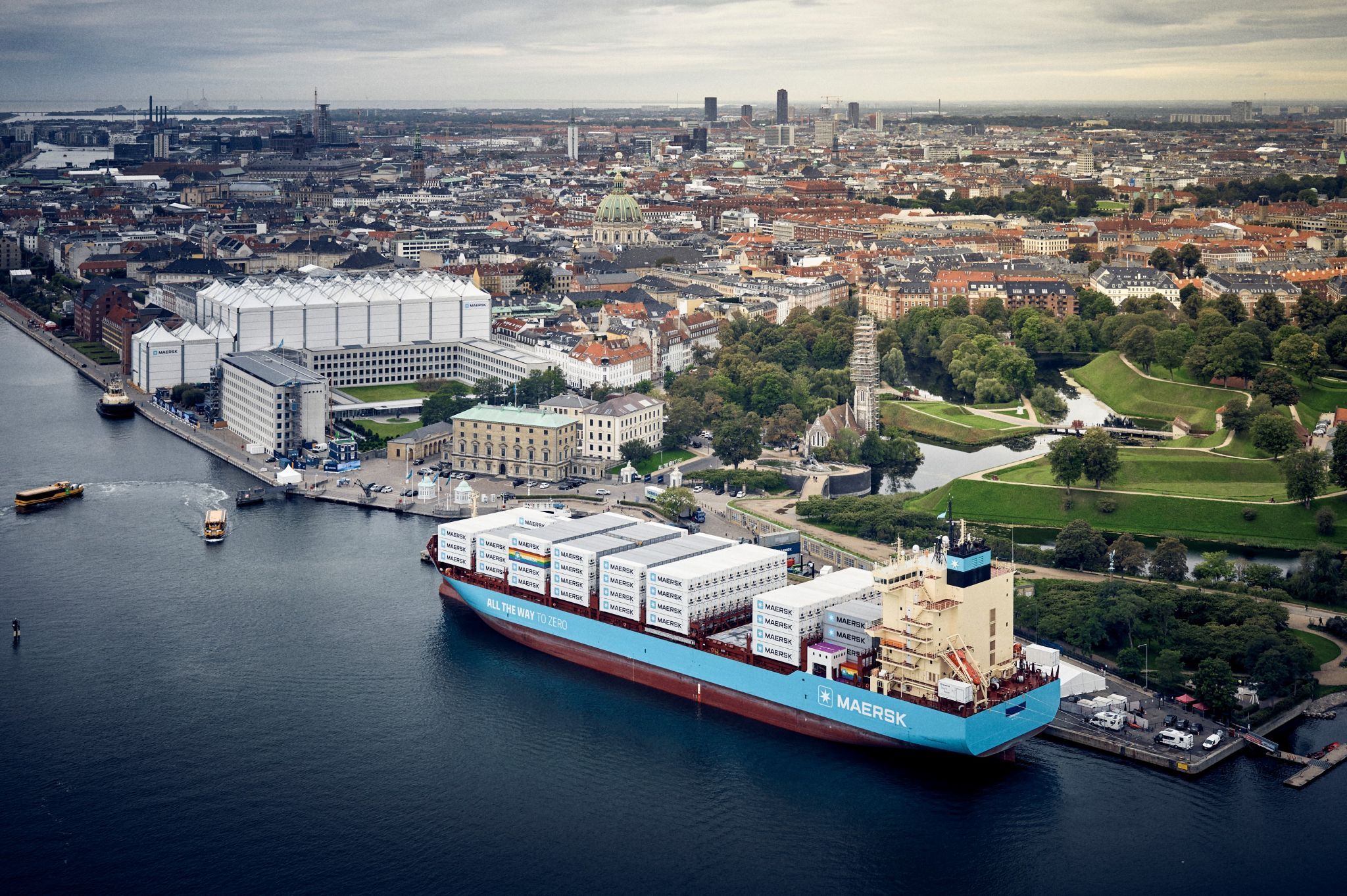News
Biogas
Biomass
Energy efficiency in buildings
+15
Employment in Green Goods and Services Continues to Grow in Denmark


The data from Statistics Denmark is released on an annual basis and covers economic activity relating to environmental protection and resource savings. The statistics reveal that not only has revenue and employment within green goods and services grown, but also that the sale of green goods and services within the production of renewable energy has increased by 14% from 2015. Sales growth relating to the production of renewable energy accounts for more than 50% of companies’ total turnover within green goods and services. This growth can be largely attributed to an increase in production of wind turbines, although the production of renewable energy also encompasses ources such as biomass, solar energy etc.
-Related News: DKK 84 Billion in Danish Export of Energy Technology in 2016
Employment in Green Goods and Services Grows by 20% since 2014
Currently, there are approximately 71,400 employed in green goods and services in Denmark, compared to 69,000 in 2015, which represents an increase of 4%. Looking back at the data on employment in green goods and services in 2014, which employed 59,000 people, overall employment in green goods and services has actually increased by 20% over the last three years. The increased employment in green goods and services in 2016 is the result of revenue growth within the sector, according to Statistics Denmark. Employment in green activities grew the most within farming, forestry management and horticulture, which has risen by more than 10% since 2015., where this growth has been ascribed to increased revenue in Denmark’s organic farming sector. Other areas which experienced significant growth were the machinery industry (8.3% growth) and the construction sector (4.2% growth) where an increase in construction has created additional employment in areas such as insulation, increased sewerage and extension of the district heating grid, and as such, these can be considered “green jobs”. Currently, employment in green goods and services accounts for 3% of overall employment in Denmark.
-Related News: Danish Export Boom in Green Energy Technologies
Denmark’s Green National Accounts
The data collected is part of the country’s so-called “green national accounts”. Following an allocation from the Danish Parliament, Denmark began compiling green national accounts (known as grønt nationalregnskab in Danish) in 2015. Known internationally as Environmental-Economic Accounts, the green accounts function as a supplement to the pre-existing national accounts compiled in Denmark. By identifying and singling out activities such as environmental protection, production of green goods and services, as well as the use of green taxes and environmental subsidies, the green accounts provide a fuller, and more nuanced picture of economic and environmental development. For example, they can help ascertain whether increased growth in production has resulted in a corresponding increase in environmental degradation, or if production has become more environmentally friendly and resource-efficient.
Denmark is currently one of 50 countries that compile partial, or comprehensive green national accounts. The Danish green national accounts follow the international guidelines, the System of Environmental Economic Accounting Central Framework, that have been developed by the United Nations, the World Bank, the International Monetary Fund, the OECD and the EU.
Furthermore, Statistics Denmark is currently working on a project in tandem with the University of Copenhagen to develop a so-called “green GDP”, which will incorporate calculations of the economic costs of strains placed on the environment and resources, rather than merely the value of production, purchases and wages, which are elements of traditional GDP calculations. The project is being founded by the KR Foundation and will conclude in 2019.
Note: The term green goods and services encompasses both products that have a concrete environmental or resource purpose (for example wastewater treatment or the production of wind turbines) as well as products that either consume less or pollute less than other products that are intended to be used for the same purpose.
You should consider reading
publications
Resource efficient production
+15















